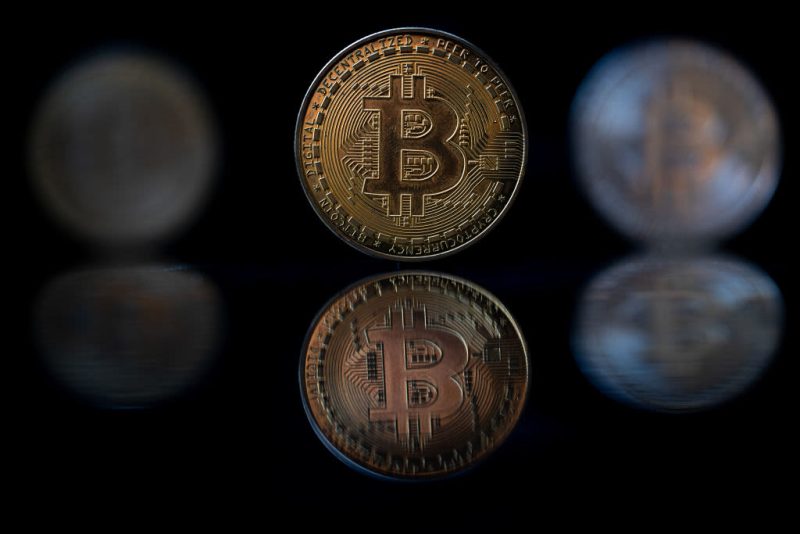[ad_1]

Michael Egorov, the founder and CEO of Curve Finance (CRV), has weighed in on the latest UwU Lend hack, explaining that the incident didn’t exploit Curve Finance itself.
In a Q&A with Cointelegraph, Egorov clarified that “this was not a Curve exploit. This was an exploit of a separate challenge [UwU Lend],” explaining:
“[…] the hacker, as part of cash-out play, deposited CRVs taken from UwU to lend.curve.fi (LlamaLend) and disappeared with the funds, leaving his debt within the system.”
Egorov highlighted measures to stop future exploits, recommending that UwU Lend “re-verify all contracts and join them to good safety auditors” to hopefully recuperate losses.
Associated: Curve Finance soft liquidation works, but CRV plunges 28%
Faux CRV burn announcement
Cointelegraph initially reported that Egorov had proposed burning 10% of CRV tokens, valued at $37 million, to stabilize the token’s worth and provide elevated annual share yield to voters.
Within the subsequent Q&A with Egorov, he addressed the misinformation concerning the crew burning 10% of CRV tokens:
“This data was tweeted by a pretend (impersonator) account, accompanied by a rip-off hyperlink. Few journalists didn’t fact-check the information and printed information about this.”
Associated: Curve founder repays 93% of $10M bad debt stemming from liquidation
Dangerous debt reimbursement
Egorov introduced on June 15 that he had totally repaid the $10 million in dangerous debt attributable to mushy liquidations triggered by the UwU exploit.
“CRVs posted as collateral for loans amounted to most likely 30% of the circulating provide; half of that was on Curve, so certainly, it incurred some dangerous debt. It was already repaid. Nobody is affected.”
Associated: Curve Finance’s Michael Egorov says $10M in bad debt fully paid
Liquidation danger administration
Asking Egorov how Curve Finance plans to handle liquidation dangers in unstable markets, he informed Cointelegraph:
“For non-major crypto (e.g., not BTC or ETH as collateral), one ought to seemingly present borrow caps; knowledge reveals that Curve-specific markets will be well-parametrized to resist even these situations.”
On the subject of onchain arbitrage, Egorov stated:
“It seems trade heavyweights didn’t totally know the best way to cope with liquidations; they didn’t try to do partial onerous liquidations for my place on Curve. Finally, I needed to do it myself.”
Wanting forward, to handle broader decentralized finance implications of the liquidation, Egorov instructed the creation of “open-source liquidation bots” and neighborhood training about liquidations.”
[ad_2]
Source link




